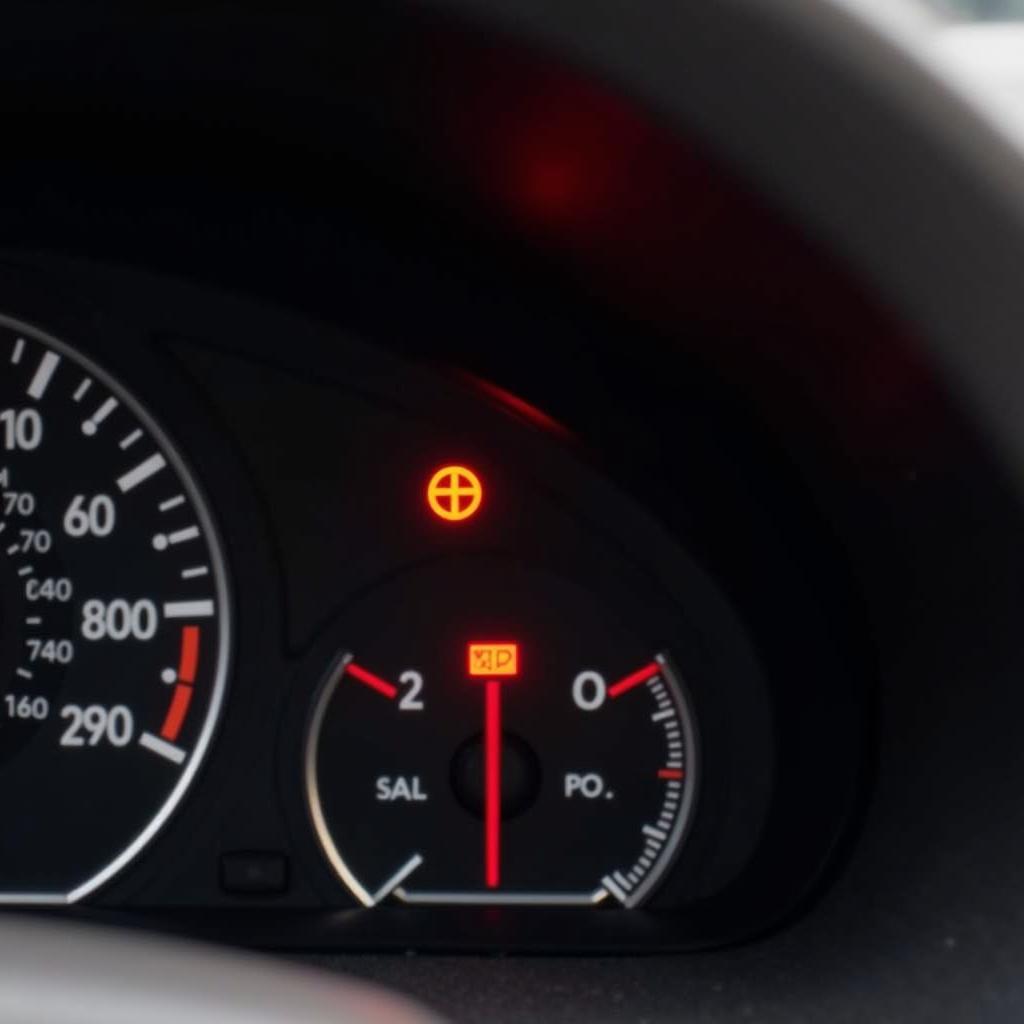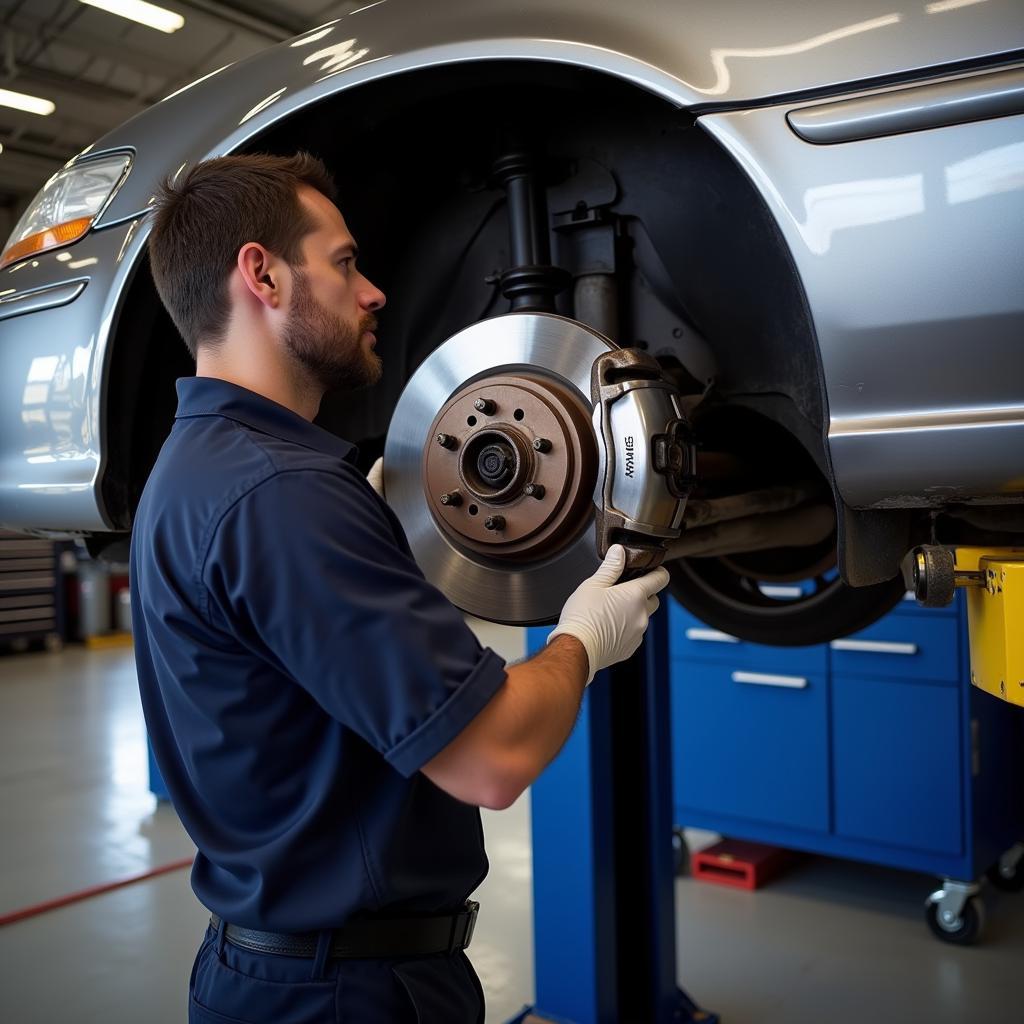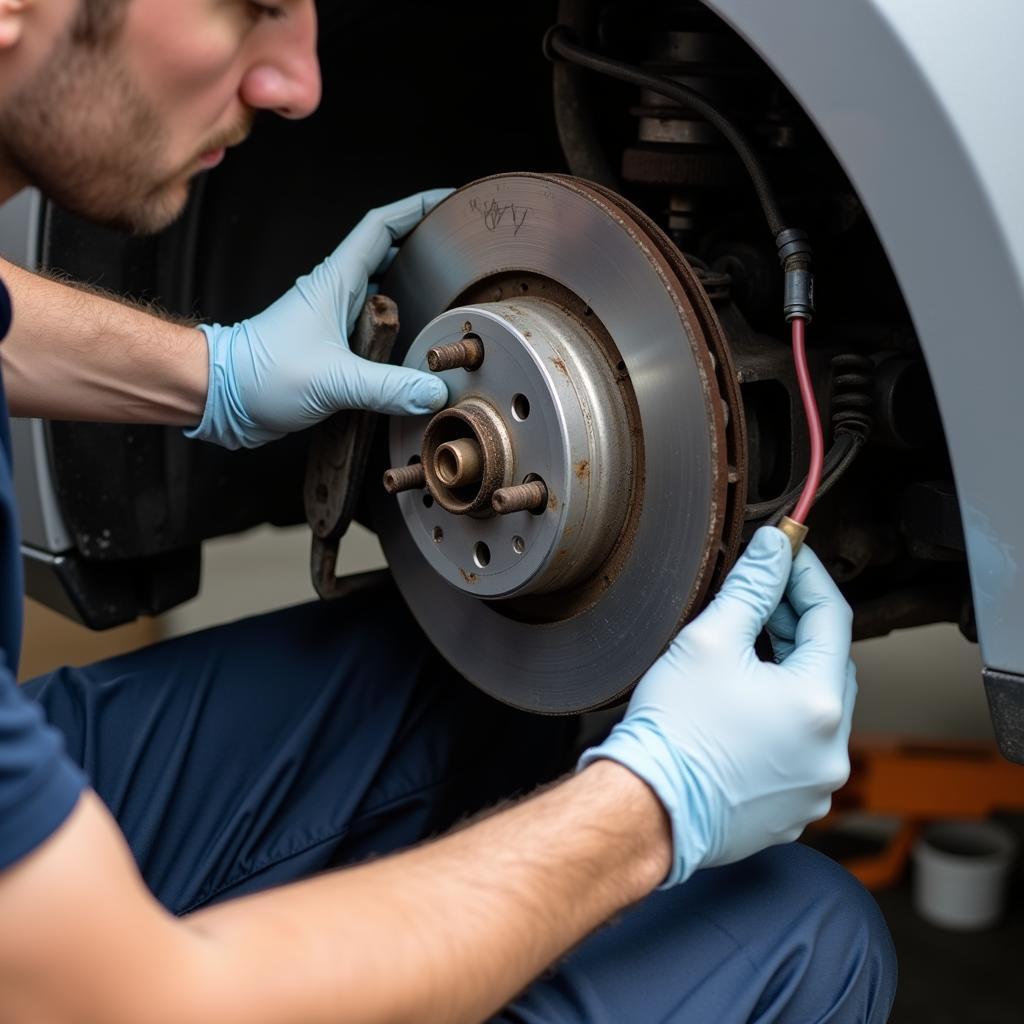The brake warning light on your 2001 Honda Accord is a crucial safety feature designed to alert you of potential issues within your braking system. While it’s always best to err on the side of caution and consult a certified mechanic for any brake-related concerns, there are instances where the warning light might be triggered due to minor issues or after routine maintenance. In such cases, knowing how to reset the brake warning light on your 2001 Honda Accord can save you a trip to the mechanic.
Understanding Your Honda Accord’s Brake Warning System
Before attempting to reset the brake warning light, it’s essential to understand what might be causing it to illuminate. The brake warning light is connected to several components within your braking system, including:
- Parking Brake: The most common reason for the brake warning light to come on is an engaged parking brake. Always ensure your parking brake is fully disengaged before driving.
- Brake Fluid Level: Low brake fluid is a serious issue that could indicate a leak in your braking system. Check your brake fluid level and top it up if necessary.
- Brake Pad Wear Sensors: Your Honda Accord is equipped with brake pad wear sensors that trigger the warning light when the brake pads are worn down and require replacement.
- ABS System Malfunction: In some cases, the brake warning light might be an indication of a problem with your Anti-lock Braking System (ABS). If you suspect an ABS issue, it’s crucial to have your vehicle inspected by a qualified mechanic immediately.
 2001 Honda Accord Brake Warning Light on Dashboard
2001 Honda Accord Brake Warning Light on Dashboard
Resetting the Brake Warning Light: A Step-by-Step Guide
If you’ve ruled out any serious issues and are confident the brake warning light is on due to a minor trigger or after routine maintenance like a brake fluid change, you can try resetting it yourself. Here’s a simple guide to help you:
- Turn the ignition ON: Insert your key into the ignition and turn it to the “ON” position without starting the engine.
- Locate the brake fluid reservoir: Open the hood of your 2001 Honda Accord and locate the brake fluid reservoir. It’s usually a translucent plastic container with a black cap, situated on the driver’s side of the engine bay.
- Check the brake fluid level: Ensure the brake fluid level is at the “MAX” line indicated on the reservoir. If the fluid level is low, add the appropriate DOT 3 or DOT 4 brake fluid as specified in your owner’s manual.
- Pump the brakes: With the engine still off, firmly press the brake pedal several times (around 10-15 times) until you feel resistance. This helps build pressure in the braking system.
- Hold the brake pedal down: After pumping the brakes, keep the brake pedal firmly depressed.
- Start the engine: While holding the brake pedal down, start your Honda Accord’s engine.
- Observe the warning light: The brake warning light should turn off momentarily after the engine starts. If the light remains on or comes back on after a short drive, it’s crucial to have your vehicle inspected by a qualified mechanic to diagnose and address any potential issues.
When to Seek Professional Help
While resetting the brake warning light on your 2001 Honda Accord might seem like a straightforward process, it’s crucial to remember that brakes are a vital safety system in your vehicle. Attempting to diagnose or repair brake issues yourself without proper knowledge and experience can be dangerous.
“As a seasoned automotive electrician specializing in remote diagnostics, I cannot stress enough the importance of seeking professional help for any persistent brake warning light issues,” advises Mark Stevenson, Senior Automotive Electrician at Advanced Auto Solutions. “Ignoring these warnings or attempting DIY fixes without proper expertise can jeopardize your safety and lead to costlier repairs down the line.”
Here are some scenarios where you should always consult a qualified mechanic:
- The brake warning light remains on after resetting: If the light doesn’t turn off after following the reset procedure or if it comes back on shortly after, it’s a clear indication of an underlying issue that needs professional attention.
- You notice unusual noises or vibrations while braking: Grinding, squealing, or scraping noises when applying the brakes, along with vibrations in the brake pedal, are all signs of potential problems.
- Your brake pedal feels spongy or goes all the way to the floor: A soft or spongy brake pedal, or one that sinks to the floor with little to no resistance, indicates a serious issue with your braking system.
- You experience pulling or uneven braking: If your car pulls to one side when braking or if you notice uneven brake pad wear, you should have your braking system inspected immediately.
 Mechanic Inspecting Brakes on a Honda Accord Lift
Mechanic Inspecting Brakes on a Honda Accord Lift
Conclusion
Understanding how to reset the brake warning light on your 2001 Honda Accord can be helpful for minor issues or after routine maintenance. However, it’s paramount to prioritize safety and consult a qualified mechanic for any persistent or concerning brake-related problems. Remember, a well-maintained braking system is crucial for your safety and the safety of others on the road.


